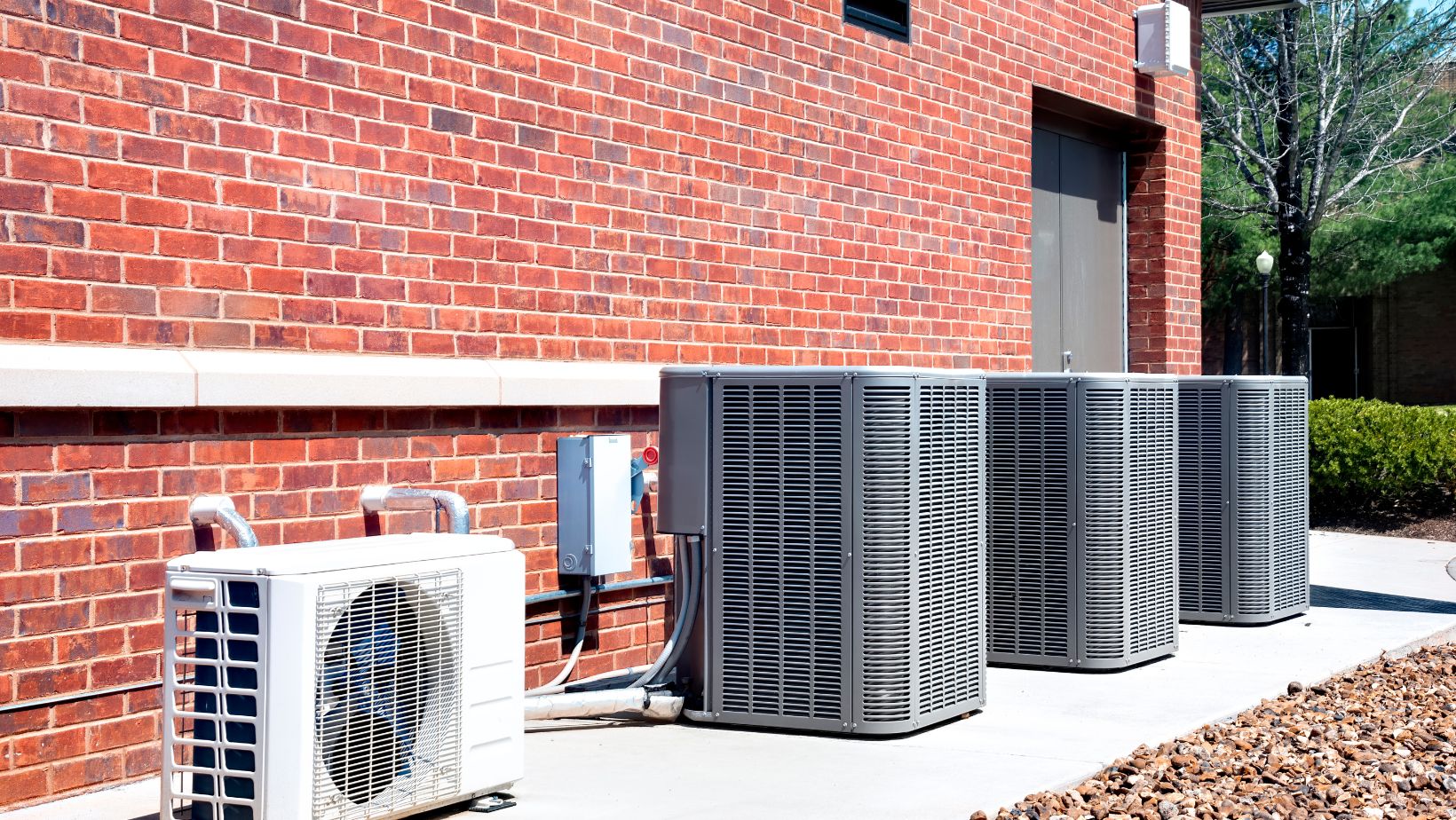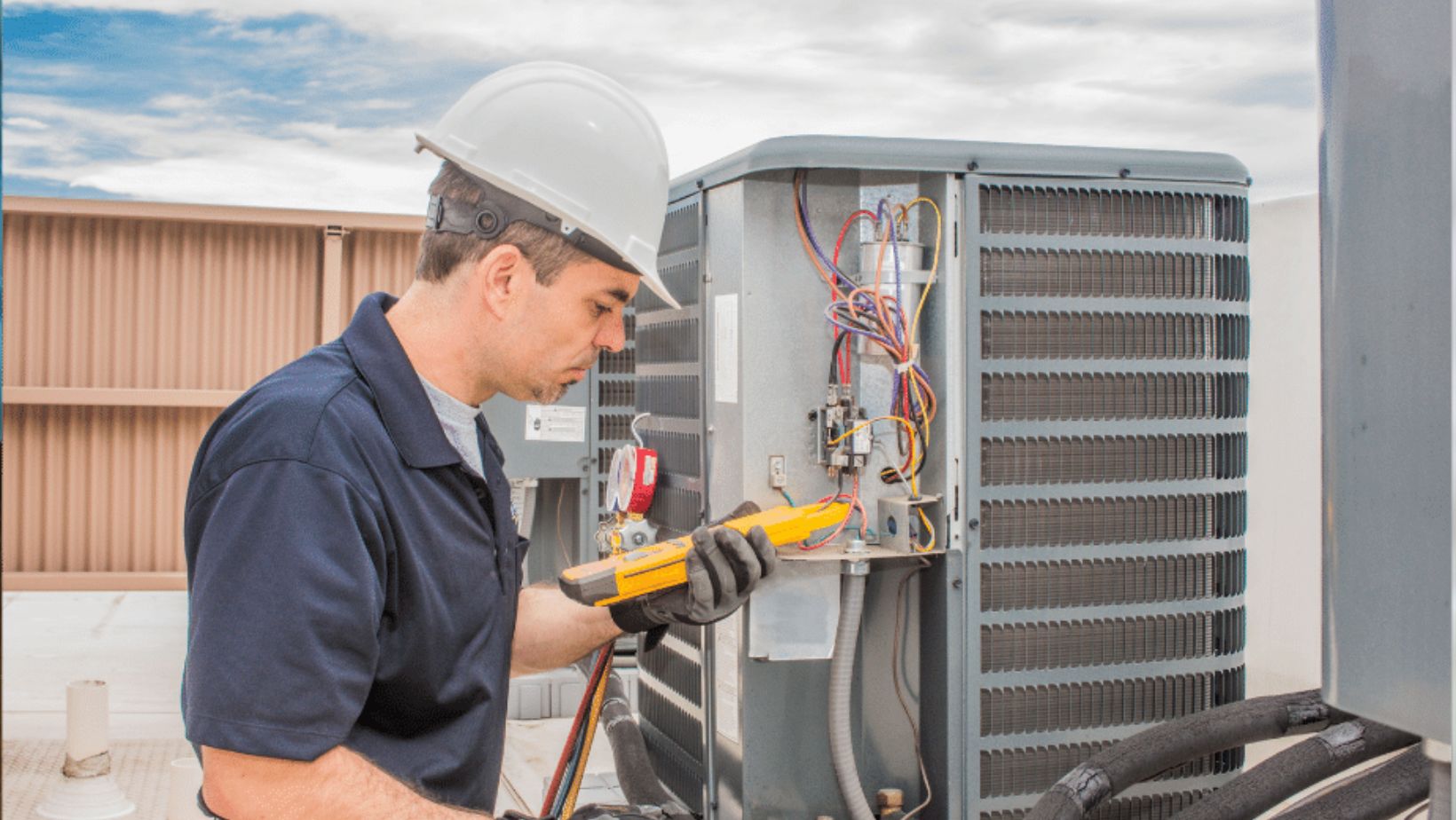Spring is in the air. As flowers bloom and trees bud, so do allergens like pollen, dust, and mold spores. While most people associate spring cleaning with decluttering closets and scrubbing floors, it’s just as important to focus on the quality of the air inside your home, notes Action Properties Management. After all, the average person spends about 90% of their time indoors. And with spring allergens on the rise, your HVAC system becomes a critical tool in maintaining clean, healthy indoor air.
Here are some practical and effective HVAC tips to improve indoor air quality this spring and help your family breathe easier all season long.
1. Replace Your Air Filters Regularly
One of the easiest and most important ways to boost indoor air quality is by regularly replacing your HVAC air filters. These filters trap dust, pollen, pet dander, and other airborne particles, preventing them from circulating throughout your home. However, once a filter becomes clogged, it can no longer do its job effectively and may even reduce your HVAC system’s efficiency.
During allergy season, it’s recommended to check your filters monthly and replace them every 1-3 months, depending on your system and household needs. If you have pets, allergies, or live in a high-pollen area, consider upgrading to a high-efficiency particulate air (HEPA) filter or a filter with a higher MERV rating.
2. Schedule a Spring HVAC Tune-Up
A spring HVAC tune-up ensures your system is clean, efficient, and running smoothly. During a tune-up, an HVAC technician will inspect and clean internal components, test airflow, check refrigerant levels, and identify any issues that could impact your system’s performance—or your air quality.
A well-maintained HVAC system not only keeps your home comfortable but also reduces the spread of pollutants and allergens. Plus, if any problems are found, such as the need for air conditioner repair, they can be addressed before peak cooling season begins.
3. Clean Your Ductwork
If your home uses ducted heating and cooling, those ducts are the highways that transport air throughout your space. Over time, they can accumulate dust, mold, and other contaminants. If your ducts are dirty, they can circulate allergens and dust particles every time your HVAC system runs.
Professional duct cleaning every few years, especially if you’ve done renovations, own pets, or notice a musty smell, can significantly improve indoor air quality. Additionally, sealing any leaks in your ducts will prevent pollutants from entering the system and increase overall HVAC efficiency.
4. Control Humidity Levels
Spring weather often brings fluctuating humidity, which can encourage the growth of mold, mildew, and dust mites—common indoor air pollutants. Keeping humidity levels between 30% and 50% is ideal for maintaining healthy indoor air.

If your home tends to be too humid, consider installing a whole-home dehumidifier or using portable units in high-moisture areas like basements or bathrooms. Many modern HVAC systems can also be integrated with humidity control features for more consistent comfort.
5. Upgrade to a Smart Thermostat with Air Quality Monitoring
Smart thermostats do more than regulate temperature. Many of them now come equipped with indoor air quality monitoring features that track particles, humidity, and VOC (volatile organic compounds) levels. These systems can alert you when air quality drops and suggest actions you can take to improve it.
Integrating your HVAC system with smart technology gives you greater control over your indoor environment and allows for automatic adjustments based on air quality data. This not only boosts comfort but also helps safeguard your family’s health.
6. Install an Air Purifier
For homeowners who suffer from allergies or want an added layer of protection, installing a whole-home air purifier can make a significant difference. These systems are designed to remove microscopic particles, including bacteria, mold spores, and even viruses, from the air circulating through your HVAC system.
While portable air purifiers are useful for single rooms, whole-home systems integrate directly with your HVAC system to clean the air throughout your entire house—an especially helpful solution during allergy season.
7. Ventilate When Possible
Although it may seem counterintuitive during high pollen days, proper ventilation is essential for reducing indoor pollutant buildup. Use exhaust fans in kitchens and bathrooms to expel moisture and contaminants. When pollen counts are lower (typically after rainfall or early morning), open windows to let fresh air in and stale air out.
If outdoor air isn’t an option due to allergies or urban pollution, a mechanical ventilation system like an energy recovery ventilator (ERV) can introduce fresh air without compromising indoor comfort or energy efficiency.

Spring is the perfect time to take control of your indoor air quality and create a healthier living environment. With just a few simple HVAC maintenance tasks, like replacing filters, cleaning ducts, managing humidity, and staying on top of air conditioner repair, you can significantly reduce allergens and airborne pollutants in your home.
Don’t let spring allergies or poor air quality keep you indoors feeling miserable. Show your HVAC system some love this season, and enjoy fresher, cleaner air throughout your home all spring long.

More Stories
From Patios To Pool Decks: Stylish Surfaces For Every Outdoor Space
4 Simple Home Changes that Have High Returns on Investment (ROIs)
Effective Tips for Home Buyers in San Antonio